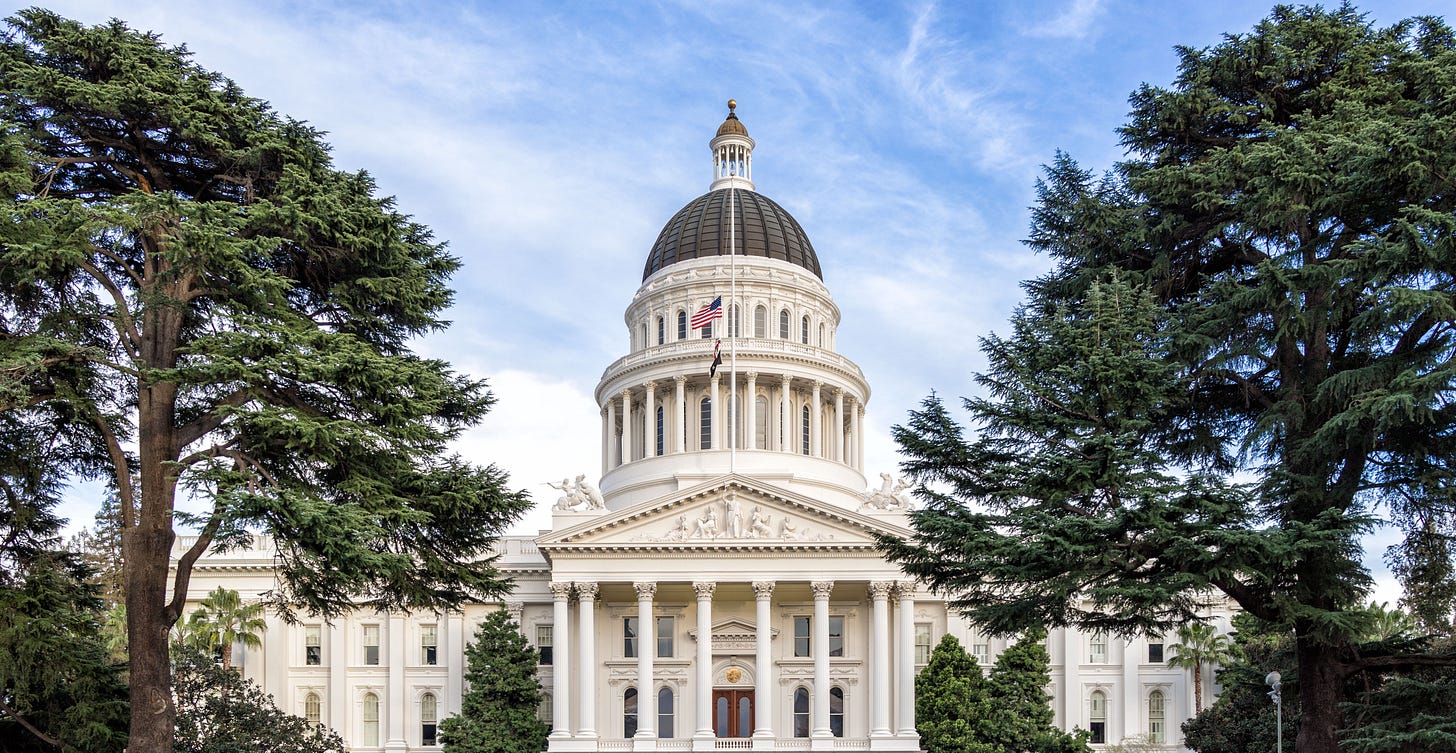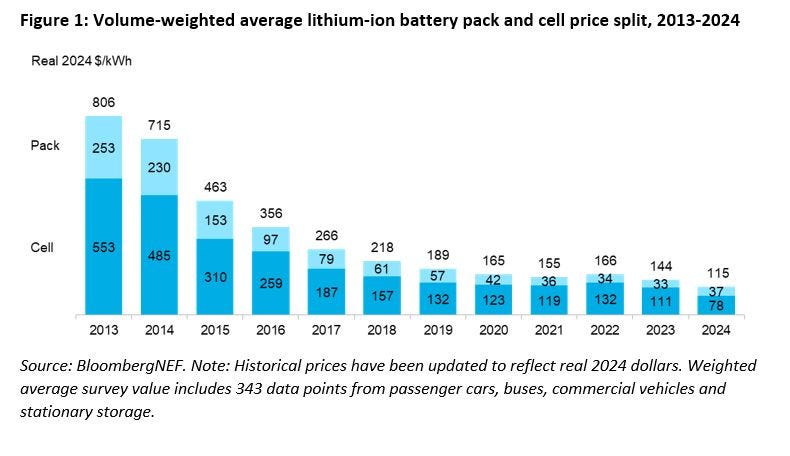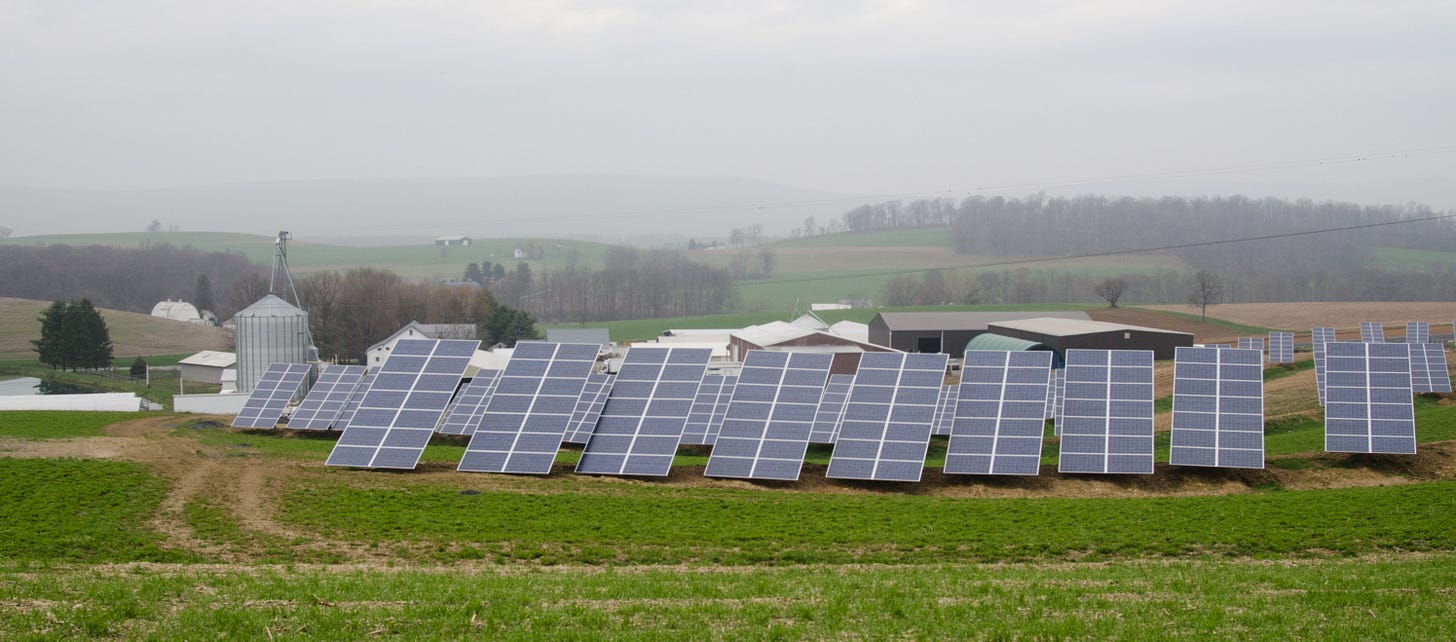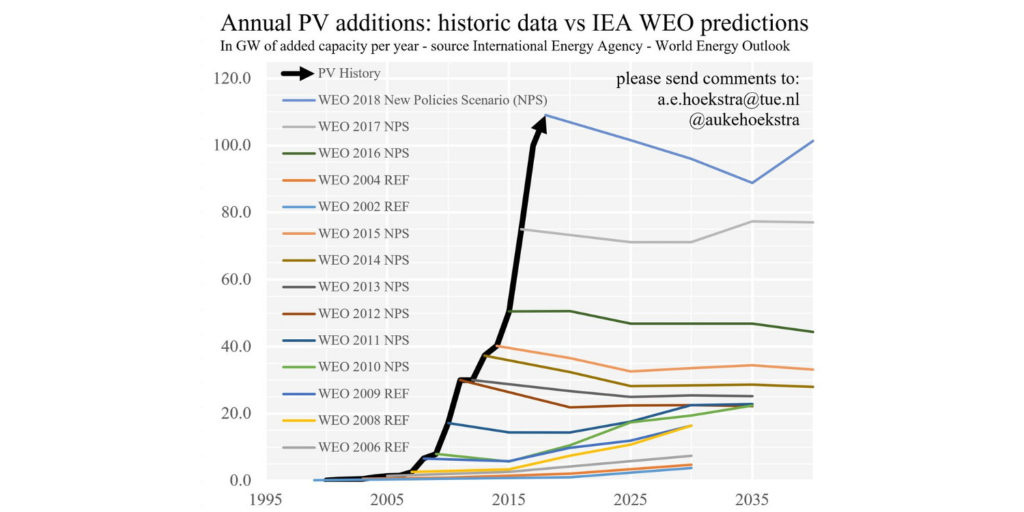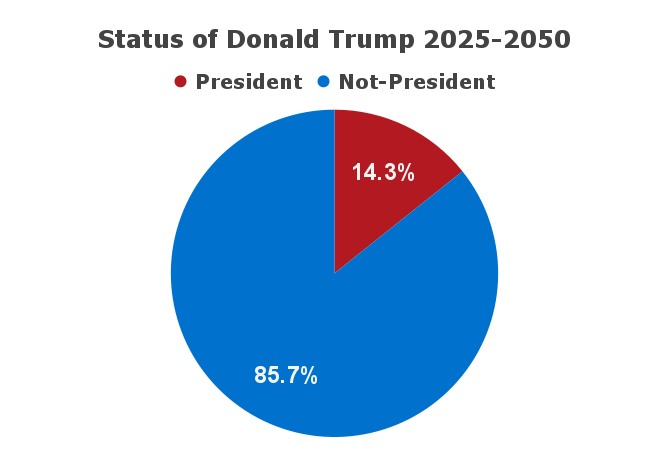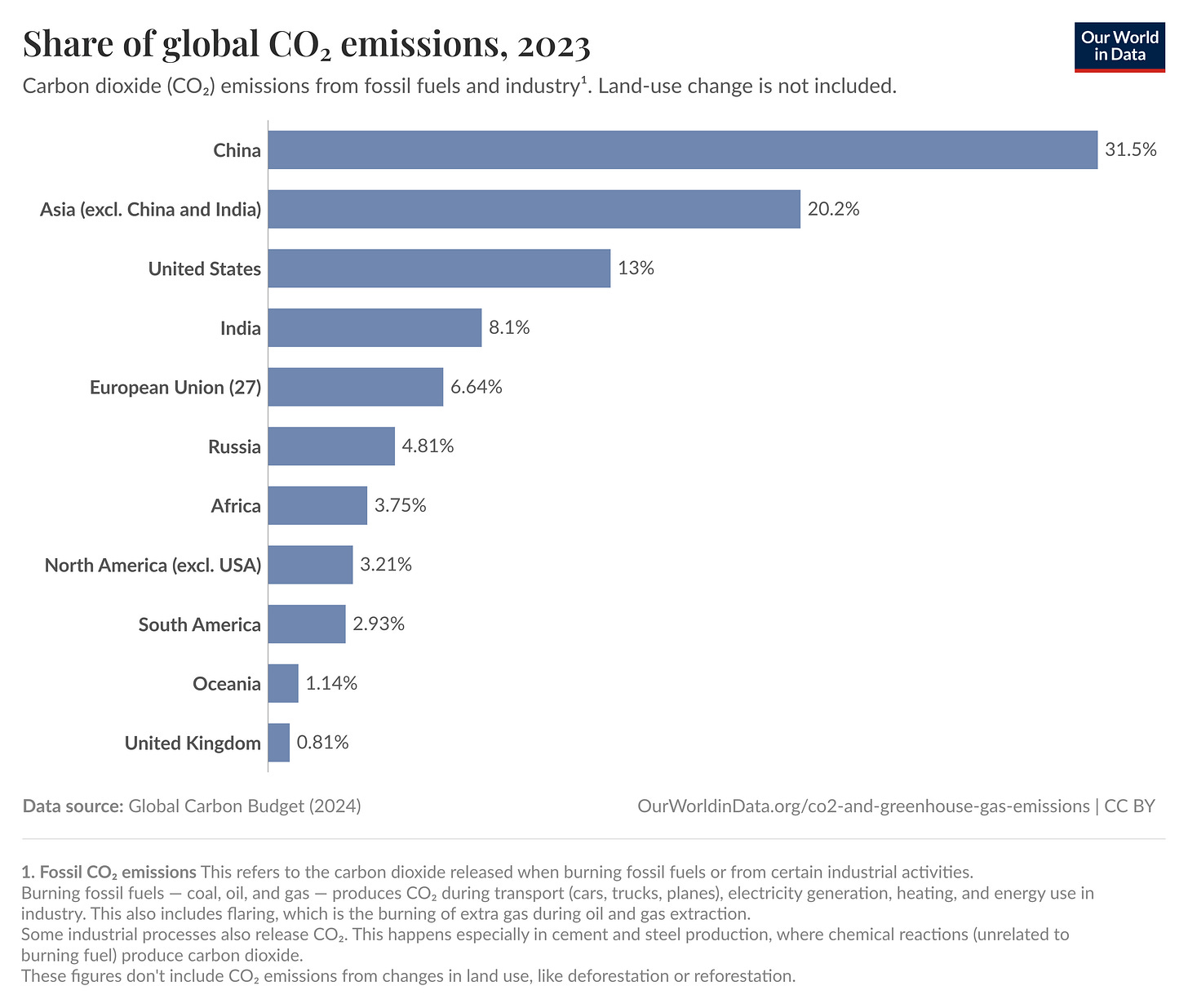8 Reasons For Climate Optimism in The Age of Trump
Earlier this month Congress passed the One Big Beautiful Bill Act (OBBB). Amongst other things, the new law partially repeals the Inflation Reduction Act (IRA), which served as the Biden administration’s signature climate policy.
Passage of the law is a setback for carbon emissions reductions in the US and the world. Nevertheless, here’s 8 reasons why we should remain optimistic about climate progress in the next 3.5 years:
08. States Will Carry the Torch
During the George W. Bush administration (2001-2009), the federal government had virtually no climate or renewables policy to speak of. But climate progress remained alive at the state level, particularly via the wildly successful Renewable Portfolio Standards (RPS). This time around, states can and will use new and existing policy tools to keep emissions targets on track, particularly in the electricity sector.
Many blue states already have high levels of low-carbon electricity, with Vermont at 99.9%, Washington state at 78%, and Illinois at 68.6%, for example. But places like Maryland (53.9%), New York (52.9%) New Jersey (52.2%), and Colorado (43.5%), stand out as sizeable states with Democratic trifectas and a lot of progress yet to make installing low-carbon electricity generation capacity. Forthcoming elections could open up new Democratic trifectas in the Midwest, Southwest, Virginia or North Carolina.
And progress isn’t limited to blue states. Western red states like Utah, Idaho and Wyoming have taken the lead on developing experimental geothermal and nuclear projects. Texas has a very effective policy structure for adding new wind and solar to its grid. And wind makes up 63% of generation in Iowa and 59% in South Dakota. Renewables are broadly popular, and states will continue to support them.
Other opportunities abound. California has a unique ability to regulate EVs, green building codes and electrification mandates could help install heat pumps and electric appliances, permitting reform, public procurement etc.
07. Geothermal Is Coming
The OBBB preserves the IRA’s clean energy tax credits for low-carbon electricity generation. But it explicitly excludes wind and solar. This effectively that means that two low-carbon generation technologies remain eligible for the rather generous tax credit - nuclear and geothermal. Of these two nuclear has made the most noise, with nuclear firms dropping exquisitely engineered press releases at a furious pace over the past fifteen years. But geothermal has made the most actual progress towards deployment.
Historically geothermal energy production has been confined to places on Earth like Iceland or Kenya where heat bubbles up very near the surface. But new enhanced geothermal systems (EGS) use fracking techniques to access heat further below ground, greatly expanding the technology’s geographic range.
Enhanced geothermal champion Fervo Energy is currently expanding a 10 MW demonstration in Utah into a full 500 MW power station. The project - Cape Station - is scheduled to begin delivering electrons next year and is fully permitted up to 2GW, which would generate as much electricity as two typical nuclear reactors. Similar power plants could be built throughout much of the Western US and other places with EGS potential like Germany and Japan.
If enhanced geothermal can indeed reach gigawatt scale, it would open up a whole new renewable technology pathway and help offset any OBBB-induced declines in wind and solar.
06. Cheap Storage Is Here
Global battery prices are falling like a rock, which should help increase energy storage installations in the US. In addition to these market-rate cost declines, the OBBB also preserves IRA subsides for grid storage, increasing their competitiveness in those applications even further.
Battery storage alone is a valuable grid resource. We know that the grid will need a lot more storage to handle intermittent renewable resources. Even if all we did for the next three and a half years was add batteries to the grid, that would still be an enormous help in the fight against climate change as it would pave the way for wind and solar to be added later.
Cheaper batteries also means cheaper electric vehicles (EVs), expanding their market share and lowering light vehicle emissions.
05. Renewables Will Still Deploy
Unsubsidized wind and solar are already competitive with fossil generation on price. The IRA’s Tax credits were never meant to catapult uneconomic technologies into the market. They were meant to accelerate the deployment of clean technologies beyond what the market would do naturally. Over the next three and a half years, the market will add wind and solar generation. It will simply add less than it would have done in the absence of tax credits.
According to a recent analysis at Princeton University’s ZeroLab, new clean electricity generation added between 2024 and 2030 will fall from 1084 TWh under Biden’s policies to 707 TWh under the OBBB.1 The shortfall is real. But 707 TWh represents around 15% of 2024 US electrical generation and a near doubling of 2024 wind and solar generation. That’s still a massive amount of clean electricity added to the grid in a half-decadal time frame.
There is some concern that in addition to the OBBB’s statutory changes the administration may try to use the federal regulatory and permitting process to effectively “shadowban” wind and solar. Such a strategy would almost certainly be illegal and challenged in court. But it could effectively keep some large projects tied up in litigation for years and scare away investment in others.
Strangling renewables, however, would come at enormous political cost. AI data centers are spiking load growth in the short term. And of all the electricity generation technologies, solar projects have the shortest construction times. Preventing renewable deployment would undoubtedly create electricity shortages and raise electric rates on voters ahead of next year’s midterm election.
04. Coal is Still Dead
Coal is no longer king in the United States electricity generation market. And it won’t be returning to the throne anytime soon.
Coal is the most polluting of all the fossil fuels, contributing significantly to carbon emissions and local air pollution. In the year 2000 coal produced 51.7% of electricity in the United States. That same figure in 2024 was only 14.9%. Kentucky, West Virginia, and Wyoming still burn a lot of coal for what one might charitably categorize as “heritage” reasons. Everyone else has moved on from coal or shortly will do.
Most of the United States’ progress in reducing CO2 emissions over the past quarter century has come from steep reductions in coal consumption. And those reductions are set to continue, with 68.5 GW of existing coal capacity scheduled to retire between now and the end of 2030.2
There is not a single new coal plant being built in the United States to replace these retirements. All generation capacity in the pipeline is either solar, wind, geothermal or gas. The reasons are simple - new coal plants are extremely expensive to build and carry too much regulatory risk to operate.
The federal government under Trump may try to revive coal - but it will fail. A few retirements may be prolonged by a year or two. But coal generation in the United States will disappear altogether in the near future. The market has irreversibly turned against it.
03. Solar Costs Declines May Surprise Again
Princeton University’s ZeroLab estimates that between now and 2030 the United States will add 29 gigawatts less solar capacity and 43 gigawatts less wind capacity than it would have done under Biden’s policies.3 This sort of modeling is impressive. But all such forecasts necessarily rely on assumptions about future supply, demand and costs that may prove to be wrong. And when it comes to solar specifically - professional estimates don’t have a very good track record.
In 2016 the IEA estimated the world would install 47GW of solar capacity in the year 2024. In 2024 the world added 597 GW of solar capacity. Eight years out, the IEA was wrong by a factor of 12. In more recent years expert estimates have gotten much better. But they still tend to underestimate cost reductions in solar and now also in batteries. In that context, it is worth questioning just how accurate estimates for solar generation in 2030 or 2035 can possibly be from our vantage point in 2025.
What happens if solar costs surprise on the downside - again? It is entirely possible that unexpected cost reductions in both solar PV systems and batteries will outweigh the effect of losing IRA subsides. Even without the tax credits the United States could hit its pre-OBBB renewable pathway.
02. Trump is Temporary and Reversible
Donald Trump has 3.5 years left in his term, which means he will not be president for 86% of the time between now and the United States’ net-zero target date of 2050.
We don’t know what the exact partisan composition of future American governments will be. Democrats are currently favoured in betting markets to take the US House in 2026 and the White House in 2028. Those odds could change. But alternations of power are the norm in American politics. Eventually the United States will have a government much more favorable to climate policy than the current administration.
And when that time comes, it is entirely possible to reverse the damage done to America’s climate progress by the OBBB. A sufficiently ambitious effort to accelerate deployment of clean energy in the early 2030s could get the US back on trend.
01. The United States is Not The World
In 1950 the United States represented 43% of global carbon emissions. In 2024 it represented only 13%. The projected slowdown in US decarbonization due to the OBBB would thus make very little direct difference in a world where emissions are dominated by China, India and other Asian countries.
One possible concern is that the Trump administration’s climate policy might cause other countries to backslide on their own climate commitments. But by all accounts, the places that matter - the European Union, India, and China - remain just as committed as ever to reducing global carbon emissions. The backsliding is confined to Washington.
Another concern is the idea that low-carbon technologies that would otherwise be invented or scaled in the United States either won’t be available or would be made more expensive by America’s policies.
The solar photovoltaic panel, the lithium-ion battery, and the modern mass-produced electric vehicle were all invented in the United States. But they’re not scaled and exported to the world from California or Texas. They’re scaled and exported to the world from China. The American contributions to those technologies - research and development - were made decades ago. Absent Donald Trump inventing a time machine and deporting a young John Goodenough to El Salvador, there’s not much the administration can do to fatally wound solar + storage, EVs or any other existing low-carbon tech. The genie is out of the bottle.
The one uniquely American new contribution to low-carbon technology will probably be enhanced geothermal, which employs hydraulic fracking technology developed and still primarily used in the United States. Geothermal retains its tax credits under the OBBB and there’s no indication an administration obsessed with trade deficits wishes to prevent its export.
A nation that represents 13% of global emissions and is a leader in only one of the dozens of technologies needed to decarbonize hardly has the capacity to wreck the world’s fight against climate change.
The rest of the world pushes onward.
https://zenodo.org/records/15801701
https://docs.google.com/spreadsheets/d/1E82_2I7n4__oFzDTWVuZwPstfr1tk4jn1kFw4E_gf5w/edit?gid=780397480#gid=780397480
https://zenodo.org/records/15801701



